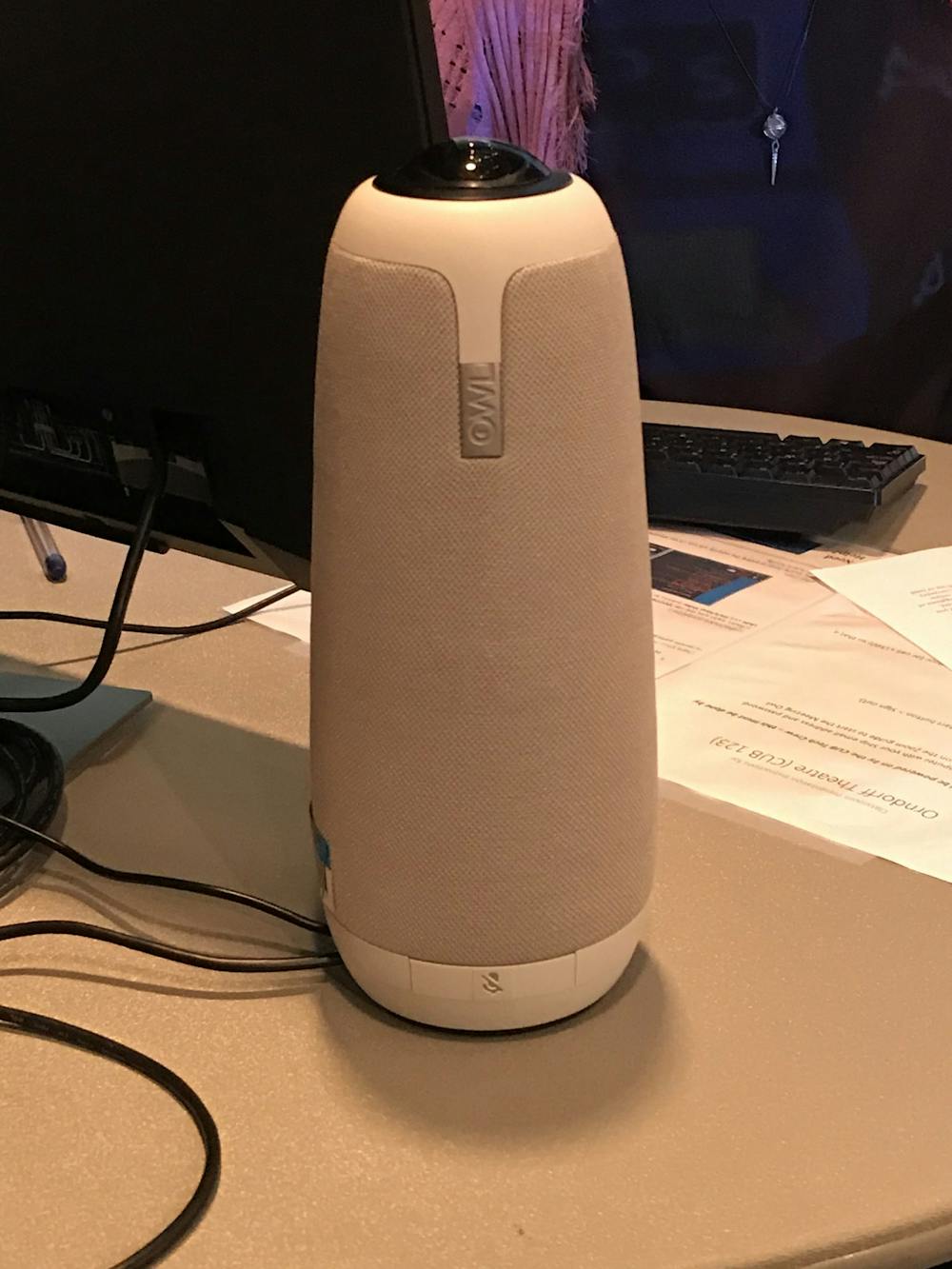Unlike many universities across the country that closed their doors to in-person classes until 2021, Shippensburg University took the chance to invite students back while implementing strict guidelines to prevent the spread of the COVID-19 coronavirus.
Instead of strictly operating in-person or remotely, SU gave students the freedom to choose their preferred academic setting, with many classes rotating in-person and Zoom sessions. While many students and faculty are grateful for the opportunity to return to campus, a question remains: How has the transitional experience changed for everyone?
The general consensus of both students and faculty alike is surprise at the rapid improvement of technology to adapt to the campus’ changing needs. With such rapid changes comes new challenges, but for SU English professor Thomas Crochunis, the biggest challenge has not been the technology. It is keeping students engaged.
In a normal semester, a professor can gauge a student’s understanding or curiosity of a subject based on body language or eye contact. Now, with students separated, at a social distance in masks or on Zoom, gauging of understanding has become quite difficult.
“I can’t see where there are clues that students are deepening their thinking and conversation with each other, so it’s hard to know what to build on,” Crochunis said.
SU English professor, Erica Galioto, is optimistic about this new blended environment.
“There are daily challenges, of course, but I want to deliver the highest quality teaching and learning at all times and most students have joined me in this endeavor,” Galioto said.
Galioto has incorporated a lot of technology into her courses through virtual presentations, breakout rooms and live Google Docs. When she is grading students’ work, she uses an Apple Pencil to leave “handwritten” comments on her students’ papers.
“I am teaching how I always teach,” Galioto said. “And the students who want to be present in their learning are engaged and participatory.”
Despite the hiccups in technology, Galioto is reporting successful classes across the board and is “energized by student work this semester and am excited to continue this trajectory.”
On the student side, some have also found a few difficulties in navigating the transition. Kaitlyn Johnson, a senior English major, believes some things are more difficult this semester than they were during the remote portion of the spring semester.
“Some professors are requiring too much from their students despite the pandemic,” Johnson said. “And in many cases, the OWL systems have not been very accurate in class. It can be difficult to hear what the students are saying in the classroom while attending virtually.”
While the OWL system is an incredible piece of technology, it has been difficult for students to follow along in class discussions when it fails to pick up softer voices in the classroom. However, Johnson and other students agree that it has been very helpful to have this technology when choosing to learn virtually.
Despite a few hiccups, SU is doing what no one thought possible: The university is still open in Week 6 of the semester with synchronous in-person, virtual courses and an increased retention and enrollment rate.
After such an uncertain ending to the spring semester, students remain hopeful for a complete and successful semester.
Remember, if you or someone you know is struggling with the transition, help is available. Do not hesitate to reach out to a professor, a learning support specialist, or the Counseling Center.




The Slate welcomes thoughtful discussion on all of our stories, but please keep comments civil and on-topic. Read our full guidelines here.